Running a Smooth Roofing Software Rollout: What Works Now and Why
Getting software live is one thing. Making sure it actually transforms how your roofing business runs is another. The difference lies in execution. A great implementation lays the foundation for teams that feel confident, processes that stay consistent, and managers who actually use the system to make decisions.
Here are the key phases to handle well if you want your roofing software rollout to feel less like a burden and more like an upgrade.
Clarify What You Really Need
Start with a big-picture question: What problem are you solving with this software? Whether it is scheduling chaos, estimating delays, or inconsistent communication, be crystal clear on what you need the software to do.
Once you know your priorities:
Map the current steps from lead to completed job and identify pain points
Engage everyone who touches the process from CRM users to field crews to understand their needs
Distill your findings into a simple requirements list you can compare tools against
This clarity prevents chasing features that sound good in demos but never get used.
Align the Team and Capture Must-Haves
Let your key staff help decide what matters most. Schedulers, estimators, project managers, and field crews all use the system differently and each change matters in their day-to-day workflow. When they co-create the priorities, they buy in more naturally.
Create a checklist of must-haves such as mobile notes, photo attachments, or integration with your accounting system so your choice is grounded in your reality.
What to Look for When Choosing Roofing Software
Not all roofing software is built the same, and choosing the wrong fit can cause more problems than it solves. Before committing, contractors should ask a few key questions:
Is it designed for your type of roofing? Some systems are geared more toward commercial contractors with portfolio management and capital planning features, while others are built for residential contractors focusing on sales, leads, and faster estimating.
How long has the provider been in the market? Vendors with a proven track record are less risky and more likely to be around long-term.
What is their capacity to support you? Look at response times and the quality of customer service. Do they offer live support and hands-on help, or only ticket-based service?
Do they keep the platform current? Software should not sit still. Regular updates and improvements show that the vendor is invested in staying competitive and addressing user needs.
Can they help onboard new hires? Ask whether the vendor provides training resources, documentation, or tutorials that make it easier to get new team members up to speed. This avoids the problem of inconsistent, peer-to-peer training that spreads bad habits.
Thinking through these questions upfront reduces the risk of ending up with a system that looks good in a demo but fails to deliver once rolled out.
Think Through Integration and Moving Your Data
Moving your history into a new platform is vital, not optional. Decide what must transfer immediately, and what can wait for phase two. Clean your existing data first since duplicate contacts, old jobs, or mismatched project codes can create confusion later.
Identify how the new system connects to estimating or accounting platforms. Make sure setup includes all sync settings upfront.
Set a Timeline That Respects Your Workflow
A rushed launch breeds chaos. A drawn-out one breeds disengagement. Plot a realistic timeline that lets people learn and unlearn.
Break the rollout into phases you can measure:
Kickoff and setup
Migration and pilot
Training for teams
Full launch
Post-launch feedback loop
This keeps the project organized and reduces disruption.
Train the Way Your Team Learns Best
Adoption falters without training that fits roles. A best practice is to create internal champions who learn the system well and help others. Those internal trainers are often the backbone of a successful transition.
Support formats should include:
Hands-on sessions tailored by role
Reference guides or cheat sheets
Refresher options for new hires or updates
Watch Closely and Pivot When Needed
Do not check the implementation box and walk away. Track user activity, ticket volume, and feedback. Set KPIs before launch and compare baseline metrics to post-launch performance.
Regular check-ins let you spot resistance early, uncover missing workflows, and prioritize tweaks before frustration settles.
Sizing Up Your Paths to Simplification
Simplifying your rollout might look different depending on your tech base. You may opt for an all-in-one solution that covers CRM, scheduling, and job tracking. Or you may choose a core platform that integrates with a few complementary tools such as accounting or estimating software.
Either path should reduce redundant systems, keep data unified, and free your team from constantly toggling between tools.
Conclusion
A successful roofing software implementation is not about checking boxes. It is about how it changes the way your team works. Done right, it becomes a tool for clarity, coordination, and control.
That is where EXO Impact steps in. We partner with roofing companies to evaluate needs, choose tools, and guide the rollout at every step. Our approach simplifies systems, supports your team’s learning, and makes sure your investment delivers results.
Reach out today to explore how we can lead your software rollout.


